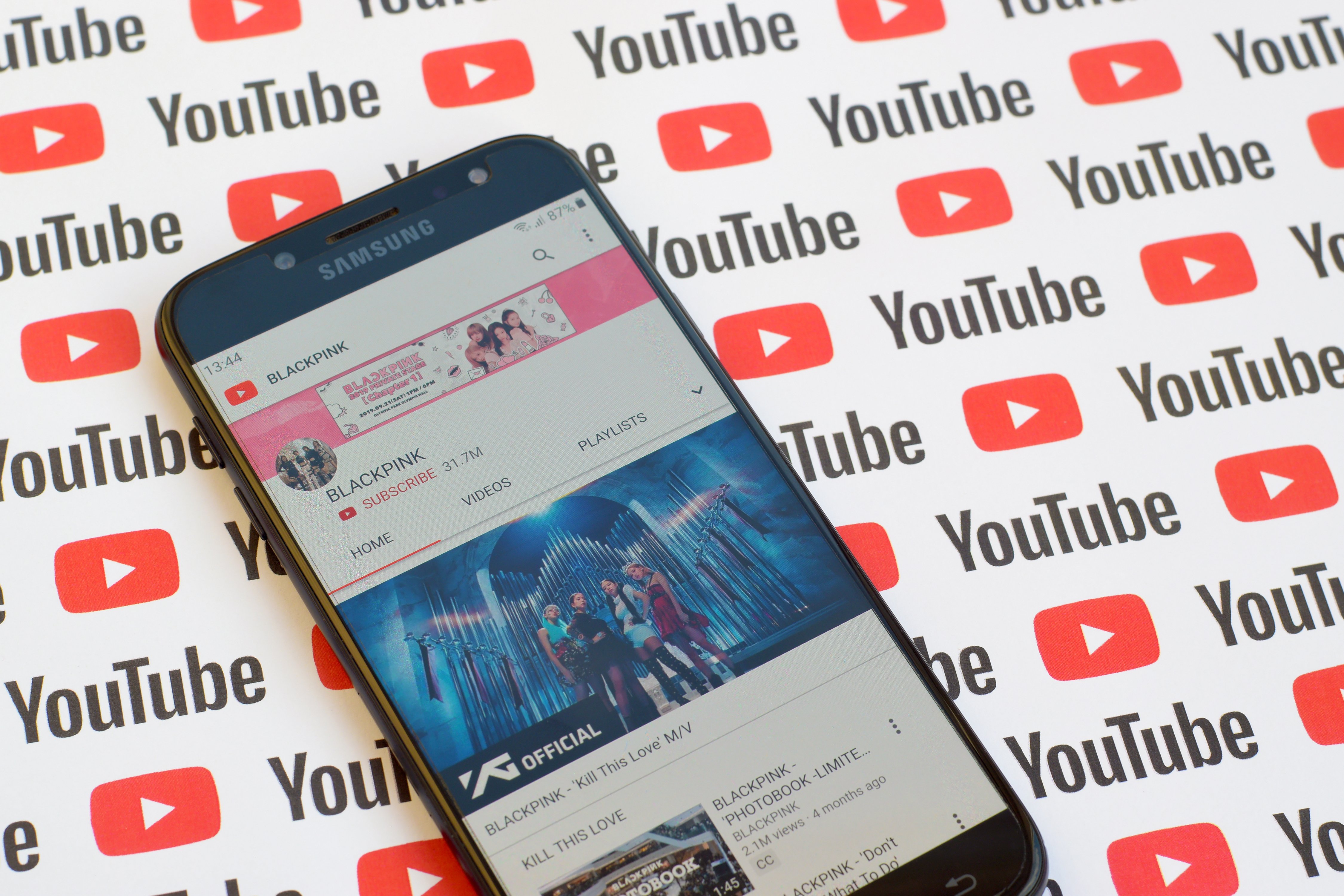- Insights This article was written by a TIA community member. Insights pieces undergo the same rigorous editorial process that newsroom-produced articles have.
This media veteran reveals how startups can get better media coverage
Photo credit: Rawpixel.com
Political commentary site The Middle Ground folded in late October last year, citing a lack of funding, while Singapore Press Holdings is accelerating plans to lay off 230 staff. These events hold lessons for organizations looking to leverage the media for publicity.
The old model is dead. In truth, it has been dying for a while, but many organizations still treat media relations like it’s 1997.
Here are the six things that have changed over the last 20 years that startups must be aware of when planning your communications.
Be a partner
If you were in a large company 20 years ago, you could have pitched your announcement to a local newsroom and been fairly certain that you were going to receive favorable coverage. But now, even if the old top-down model still applied, media organizations simply can’t afford to respond to every press conference invitation. If you’re a startup, that job is even harder. Sure, Singapore has a vibrant startup scene, but that just means reporters have a large pool of stories to choose from.
As a reporter, I look out for the same things investors do: stories that make me go “wow.” You can’t just claim to be unique; you must be unique. Ideally, you would also have a track record as a dragon slayer, where your startup is winning in a David-and-Goliath-style battle against competitors.
Maybe you’ve signed on some mega corporations as customers and are eating other mega corporations for lunch. You may also have a big name individual or corporate backer. In essence, you need to help me justify to my readers and viewers why I picked you for coverage.
Ask yourself: What unique feature am I pitching to investors? Chances are, this differentiator is also going to be interesting to the media.
Go easy on the perks
You would think that supporting media with soft dollars would increase their propensity to publish your story. To some extent that’s true. Reporters still get handed gadgets (which they can keep) to review. They are still sometimes flown to the US or European HQ of an MNC to cover a story. I recall one of the first press conferences I attended in Singapore in 1997, where participants were handed gift bags from Tiffany’s. I was one of the very few who declined.
As a reporter, if I can’t see it, touch it, or use it, I’m not going to be interested.
But reporters these days are far more principled than 20 years ago. They might accept your cash, but they’re definitely not happy about it. Don’t expect any free kicks. That said, as a startup, you must be prepared to give the reporter a free trial so that they can experience your app, platform, or gadget for themselves. As a reporter, if I can’t see it, touch it, or use it, I’m not going to be interested.
But you also need to manage the relationship proactively. If the reporter who is trialling your product or app doesn’t write a review or writes a negative one, stay engaged to find out why and possibly find a solution to their concerns. You can also embargo the release of their review but, for obvious reasons, you can’t make reporters sign non-disclosure agreements. Be sure your business isn’t threatened if the embargo is breached, as there are no laws forcing reporters to honor embargoes.
Shorten your media pitch
In this context, the word “pitch” does not refer to an elevator or investor pitch, but a pitch to the media. As a journalist 20 years ago, it was not uncommon to produce just one story per day. You attended a press conference at which lunch was served, and an expensive door gift was handed out when you departed four hours later.
These days, you can be grateful if the reporter even reads your pitch. This means you need to be much more concise, much more newsy, and don’t bother attaching PDF documents to emails which the reporter can’t read easily on his/her mobile phone.
Write the media pitch like a news story. The first paragraph should be around 15 to 35 words with key details such as who, where, when, what, and how. Most importantly, it must stand the test for relevance by answering why the story is important.
Learn to be interviewed and present
Twenty years ago, you could be a senior leader at a locally-listed company and never appear in the media. You would make your obligatory announcements to the Singapore Exchange but then ignore media enquiries.
Singaporean audiences are now much more sophisticated. They themselves are active publishers on social media and have found a voice (just look at the online response to the frequent SMRT disruptions). They are not as shy as they used to be to ask questions at conferences or to speak on camera. Their expectations of corporate chiefs and startup founders are that they will do the same.
Don’t be so slick that you’re passed over as a snake oil salesman but be solid and substantive, and know what you’re talking about.
Be authentic
This increasingly sophisticated Singapore audience also no longer takes kindly to glib corporate messaging. You only need to look at comments left on the Facebook pages of large companies and public figures to witness the skepticism firsthand. At the recent Asia Communications Summit in Hong Kong, the lack of trust in organizations and people in authority was one of the main topics of discussion.
Glib corporate messages don’t build trust. Gone are the days when you can trot out your key messages and expect your audience to lap them up without question. You must learn to connect with your audience, to empathize with them, and take their concerns on board.
Build a culture of communication
Organizations that perform consistently well in the media—whether traditional or new—do so because, for them, communications is not a tactic; it is a strategy that wraps around the entire business.
Engender a love for communication in your organization by promoting transparency and creating an environment where all comments (including criticisms) are welcomed. That way, you have a much greater chance of building your profile and getting your message across, even when you have bad news to announce. This will seem unimportant when you are starting up, but in truth, your actions in communication will permeate all your conversations, not just interactions with the media.
Understanding the value of good communications and turning this into action will lead to more qualified hires, higher sales, firmer partnerships, a stronger brand, higher investments, and more favorable news coverage.
***
The media is learning some very hard lessons at the moment about the content that audiences want and are prepared to pay for. Organizations that hope to appear in the media would do well to heed these lessons.
The views expressed in this article are those of the writer and do not necessarily reflect the views of Tech in Asia.
Recommended reads
 Get near-instant insights on Tech in Asia with Go Deeper Q&As
Get near-instant insights on Tech in Asia with Go Deeper Q&As 60/40 Podcast: Unpacking Chocolate Finance, Manus AI, and more
60/40 Podcast: Unpacking Chocolate Finance, Manus AI, and more Binance, YG team up for metaverse, blockchain projects
Binance, YG team up for metaverse, blockchain projects 60/40 Podcast: Trump’s tariffs in Asia, TSMC in the US, and more
60/40 Podcast: Trump’s tariffs in Asia, TSMC in the US, and more The Singles Day black hole
The Singles Day black hole Exiting in 2020: The Singlife-Aviva Singapore M&A process
Exiting in 2020: The Singlife-Aviva Singapore M&A process Letter to readers: ‘Edfintech’ could shape Indonesia’s future
Letter to readers: ‘Edfintech’ could shape Indonesia’s future Introducing Tech in Asia Originals: Stories for Asia’s Startup and Tech Community
Introducing Tech in Asia Originals: Stories for Asia’s Startup and Tech Community TerraLabs co-founder seeks to withdraw from testifying in parliamentary audit
TerraLabs co-founder seeks to withdraw from testifying in parliamentary audit Why failure doesn’t mean the end of your startup story, says a first-time founder
Why failure doesn’t mean the end of your startup story, says a first-time founder
Editing by Jaclyn Teng
(And yes, we’re serious about ethics and transparency. More information here.)









